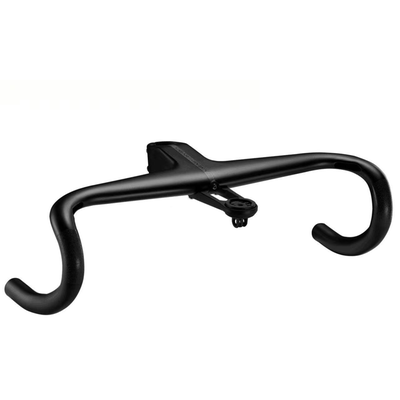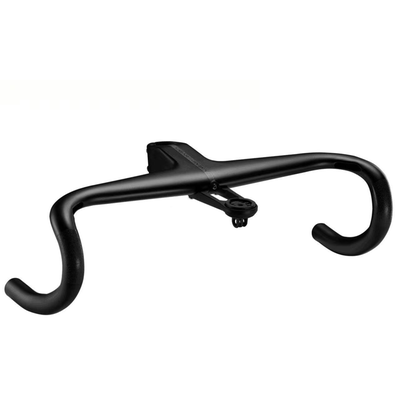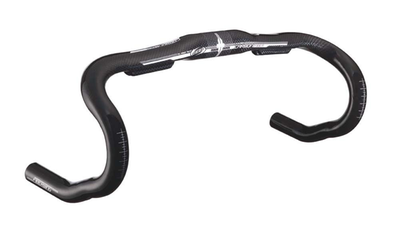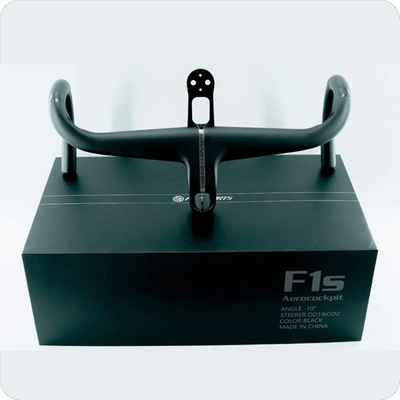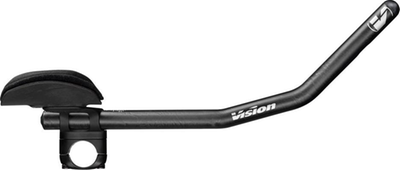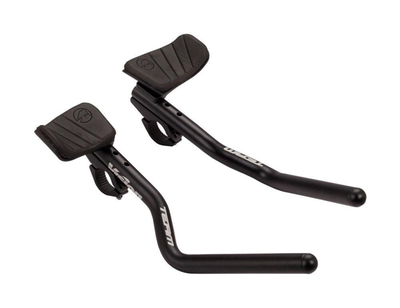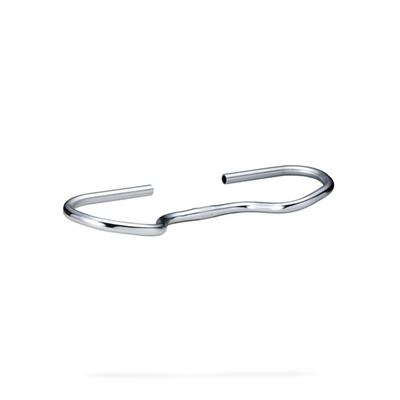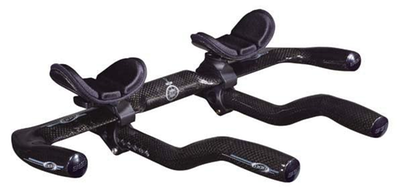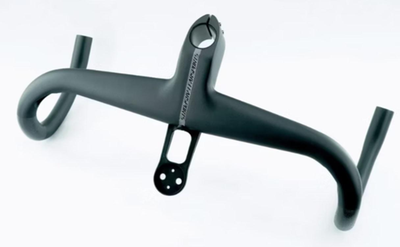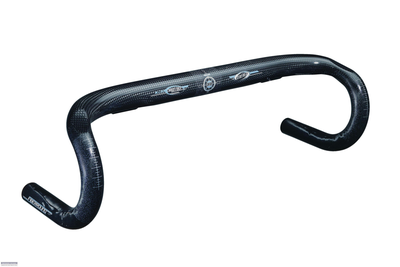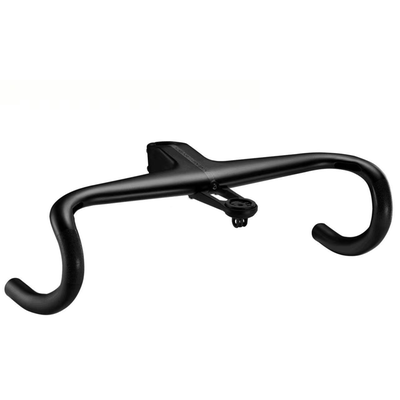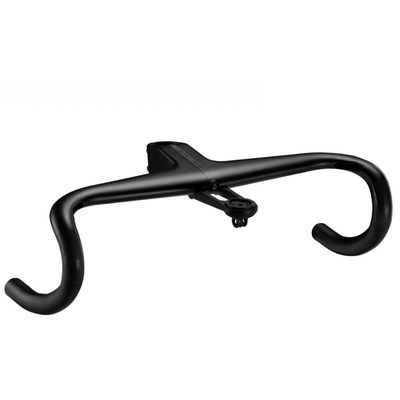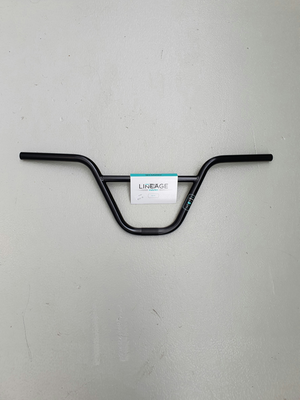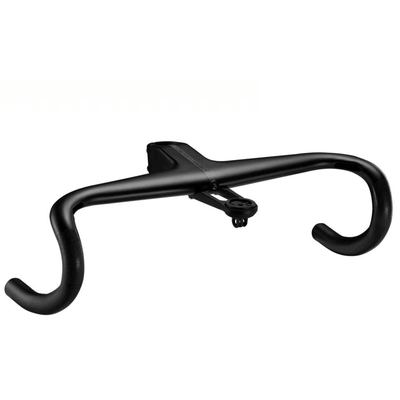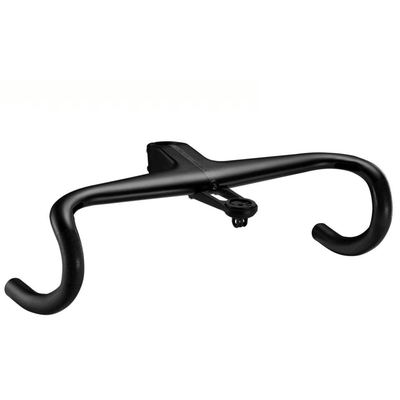Bike Handlebars & Accessories
234 Results
Picking the Right Bike Handlebars
When you have a bike you like riding, it’s all about the details. A comfortable seat, powerful brakes, responsive suspension and fast shifters all increase your performance and enjoyment of your bike. The right bike handlebars can also make a difference.
You can have the perfect frame and right seating position, but if your handlebars are too low, shaped incorrectly or uncomfortable, then you’re not going to get the most out of your bike. There are heaps of handlebar choices on the market for mountain bikes, road bikes, hybrid bikes - any bike you want! Our guide offers some helpful info when you’re looking to upgrade your bike handlebars.
Five Main Options of Bike Handlebars
You want an ergonomically designed handlebar that gives you great control, whether you’re doing a relaxed tour or out competing. Different types of riding lend themselves to different types of handlebars. There are five major groups:
Flat bars - These are typically mountain bike handlebars. Their position relatively close to your body allows you to more easily pull up and jump the front wheel over obstacles.
Raised bars - Many everyday riders find raised bars comfortable, as they allow you a more upright riding position. They also help you keep your head up when riding in cities and traffic.
Drop bars - With drop bars, you can grip down low, in racing position, or grip higher on the flat portion. On long distance rides, this allows you to vary your handhold and avoid fatigue.
Aero bars - These bars are designed to aid with aerodynamics and are used primarily by racers. The design of the bars draws the rider into a tucked, aero position allowing the rider to have less wind resistance.
Extenders - Added to flat bars, these grips are common on off-road bikes and can give you additional leverage in tight manoeuvres.
In many cases, your type of riding - road racing, mountain biking, BMX, etc. - and style of bike are best suited to one type of handlebars. Even with each type, there are different variations available. The angle, curve and raise/drop varies between manufacturer and model, so get out and try as many as you can.
No matter what style you choose, remember that the ideal handlebar is about as wide as your shoulders. Less and you won’t have good control of your steering. More and you tire out your shoulders.
Considerations to Make Before Buying Bike Handlebars
When choosing bike handlebars, you also have to look at:
Diametre - This depends on your hand size. You want to be able to get your hand comfortable around the bars.
Grips - Different types of plastic will be more or less soft. Or, you may prefer the feel and control of metal or carbon fibre.
Attachments - Will you be installing any accessories such as a cycling computer, basket or pack? While most of these are adjustable, make sure your bike accessories are compatible with the handlebar you’re choosing.
Installation Tips
Once you’ve purchased your handlebars, you can install them quickly. First, centre them on the post. Before you tighten them fully, get on your bike and make sure you have them in the optimal position. Then, all you have to do is tighten the bolts. The right handlebars give you an added level of control and comfort on your bike. You’ll notice it right away!
Whether you’re looking for a new set of mountain bike bar ends or road bike handlebars, you’ll find plenty of options on BikeExchange. Once you’ve made your choice, head over to our editorial section for the latest in biking, including news, reviews, interviews and more.

